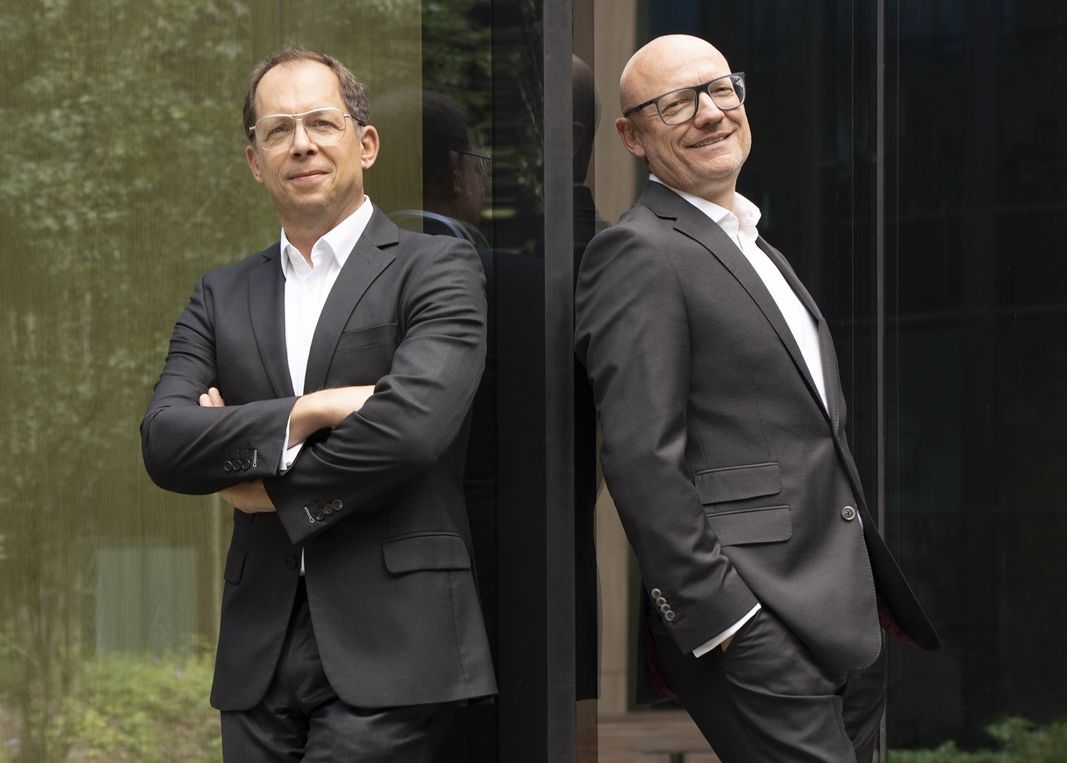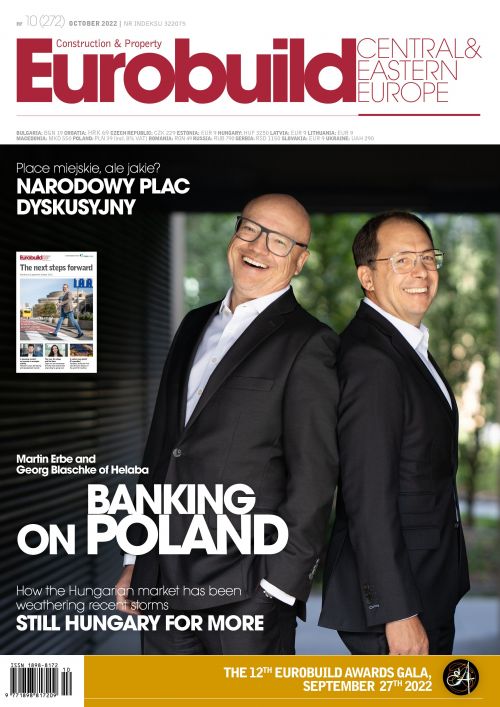Nathan North, ‘Eurobuild CEE’: We are sitting here in the first phase of Lixa in Warsaw, which was sold at the end of 2020 by its developer Yareal to Hana Investment, a South Korean consortium represented by Commerz Real, in a EUR 82.2 mln deal financed by Helaba. You obviously have confidence in the Warsaw office market and in this particular district close to Rondo Daszyńskiego, which has changed dramatically over the last decade.
Georg Blaschke, the head of real estate finance for the CEE and Benelux regions of Helaba: Yes, I remember that back in 2010 people were coming to stare at this big hole in the ground – because they couldn’t believe that a major office project was going to be built there. And this was where Warsaw Spire was eventually built. It turned out to be a genuine city-forming and changing project and we are very happy to be part of that story. The entire district has been transformed since then.
Martin Erbe, the managing director of Helaba































































